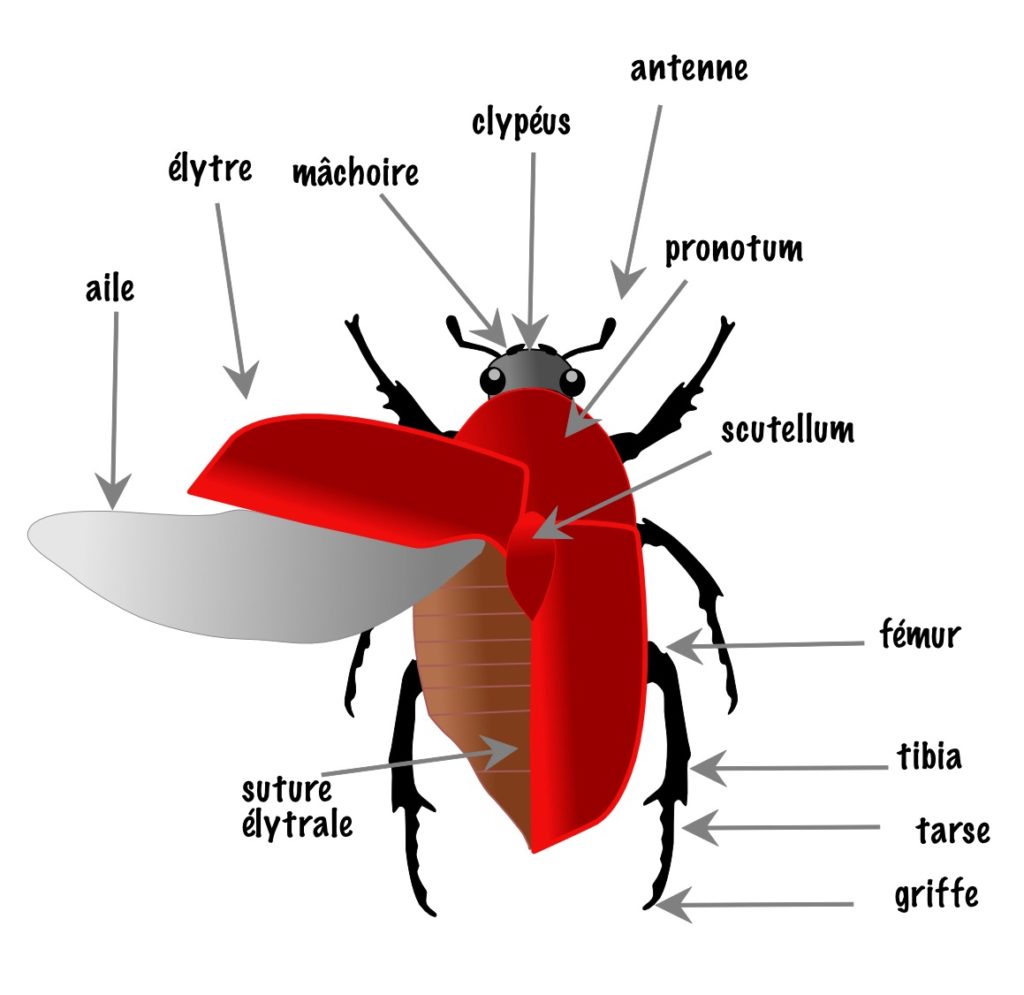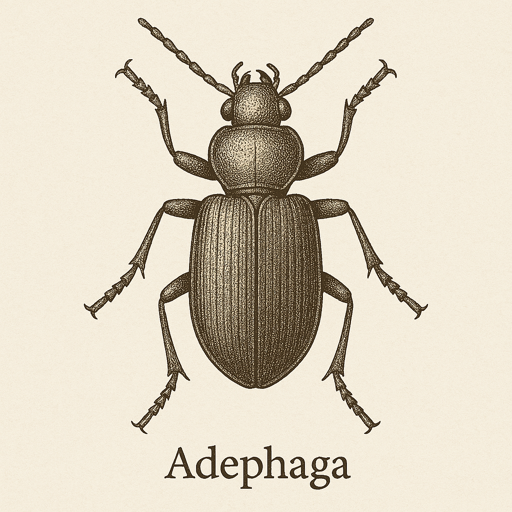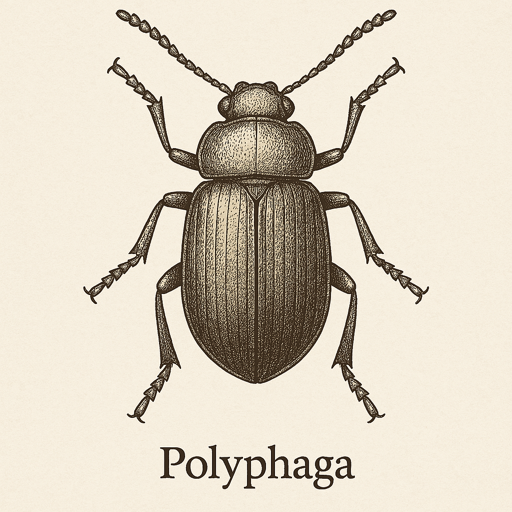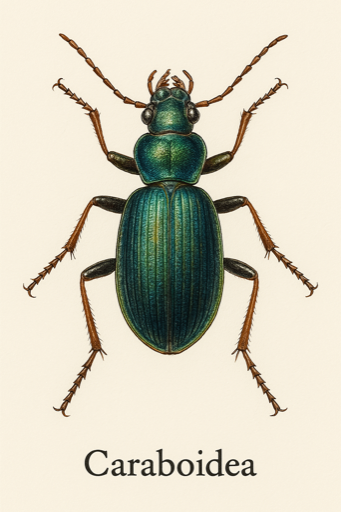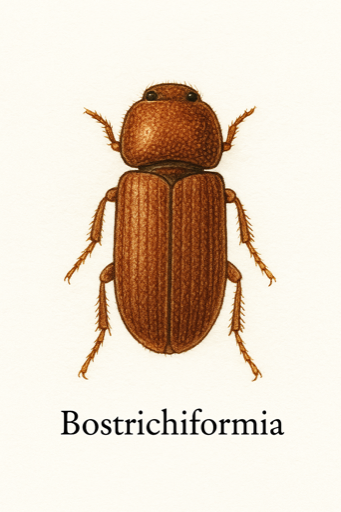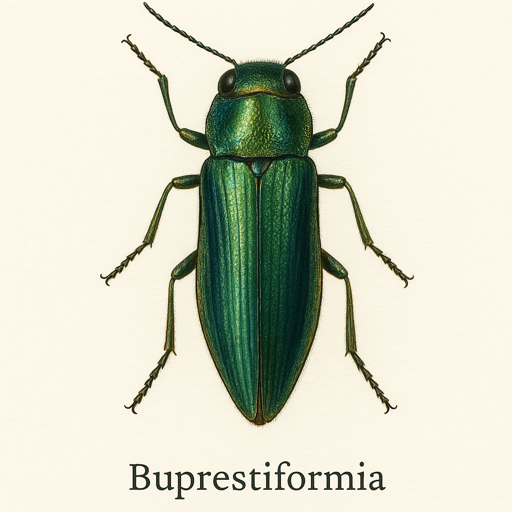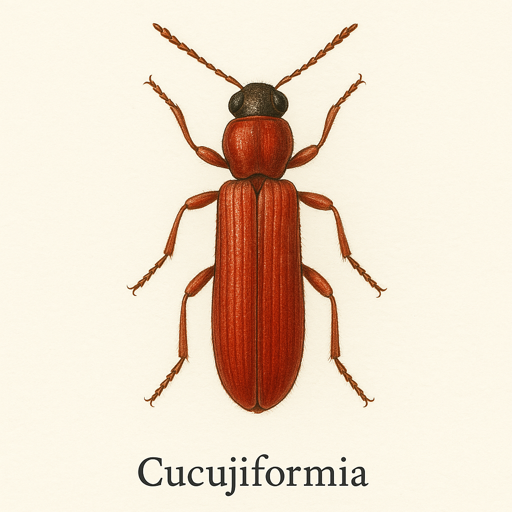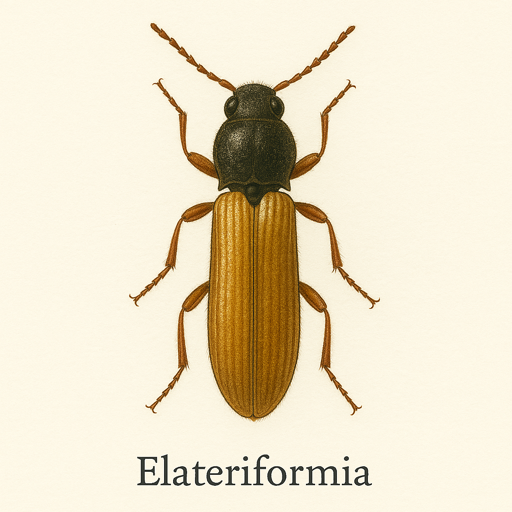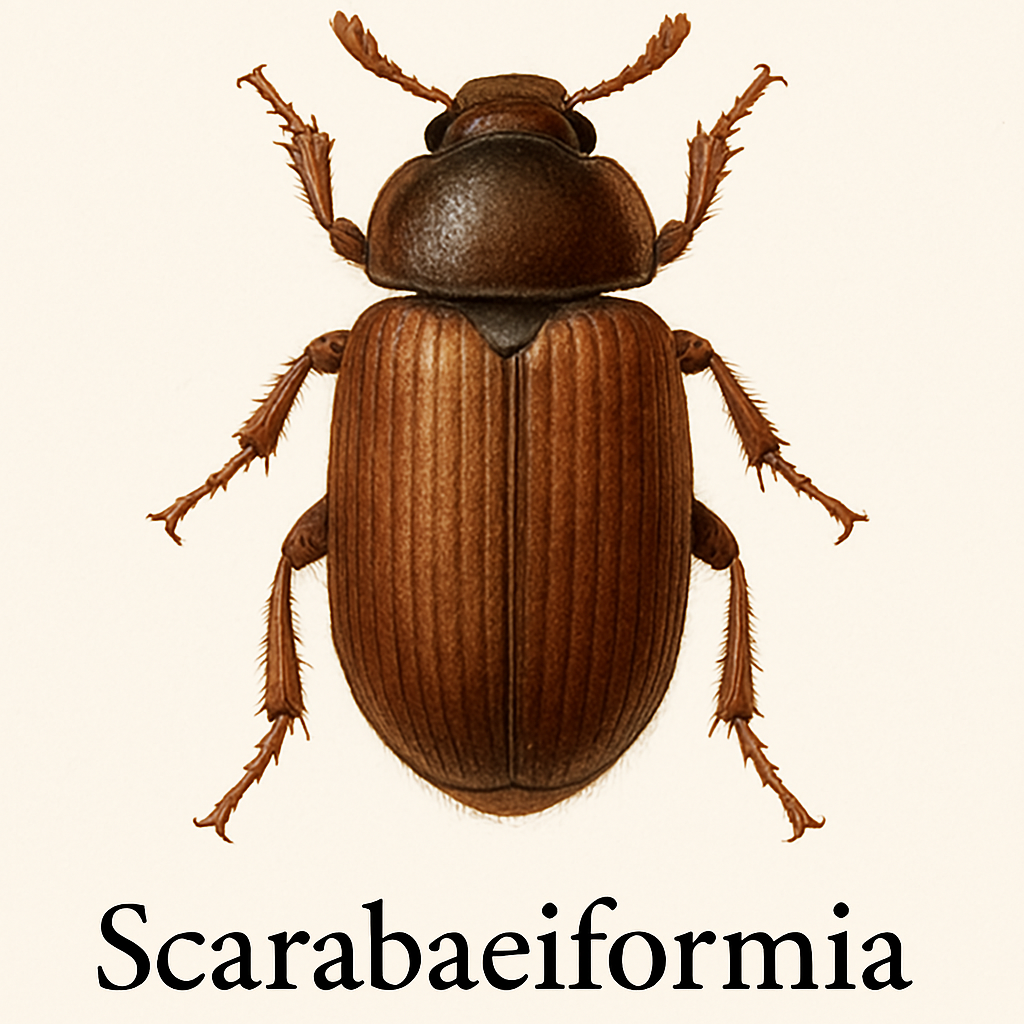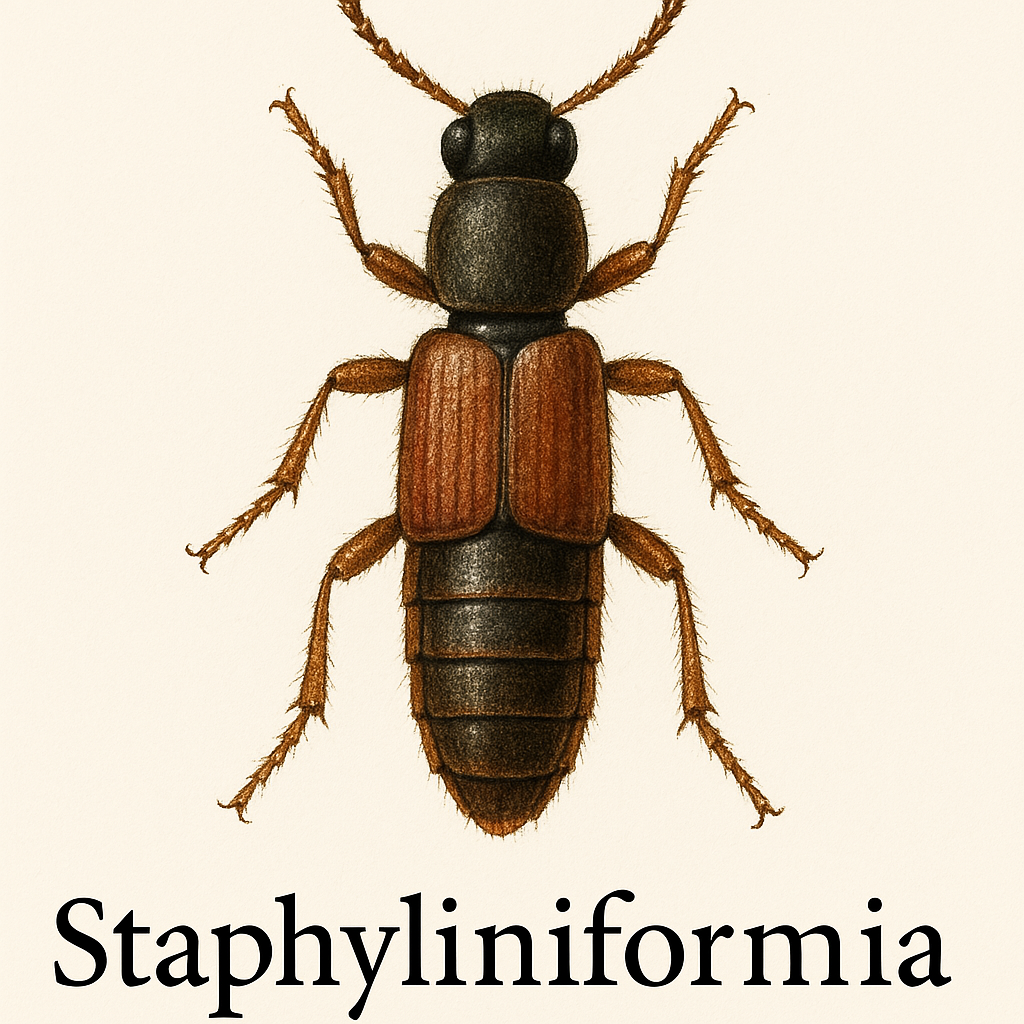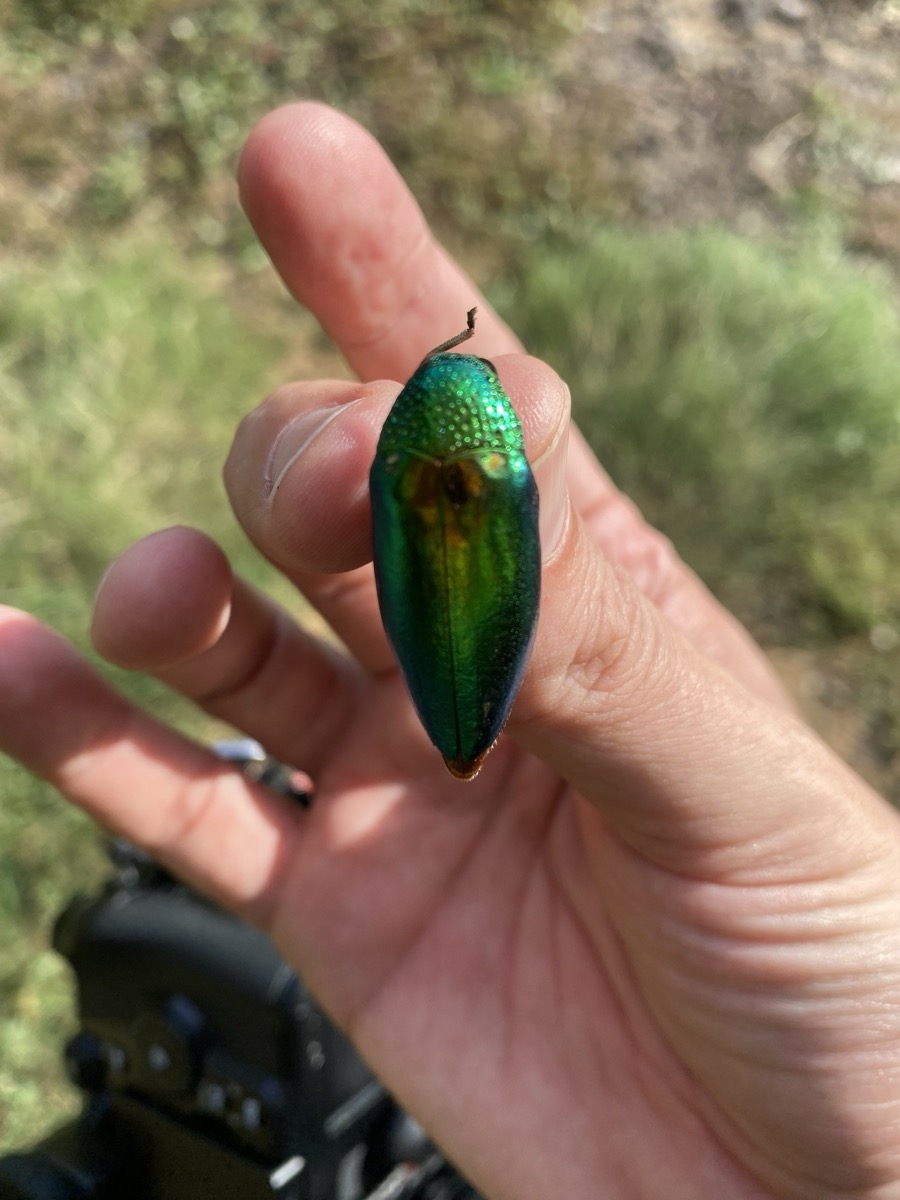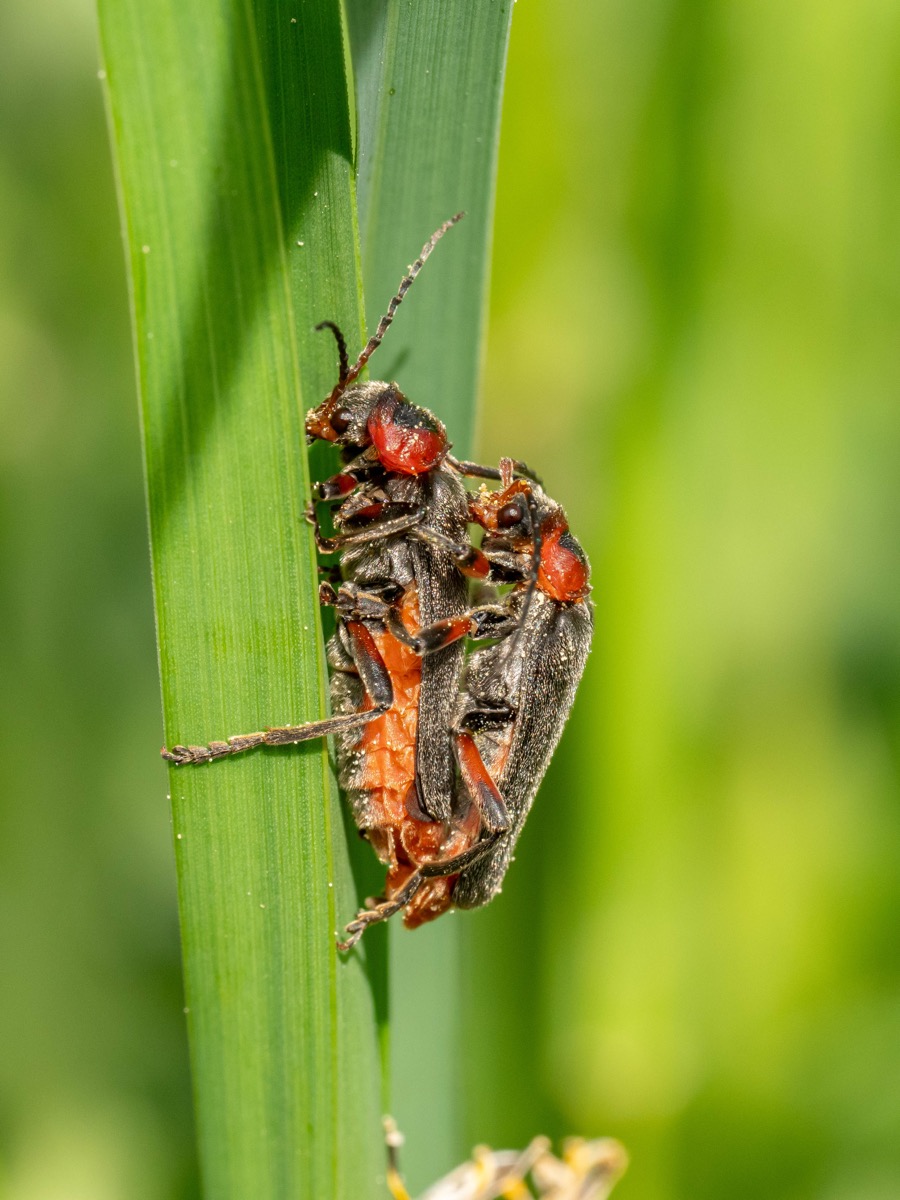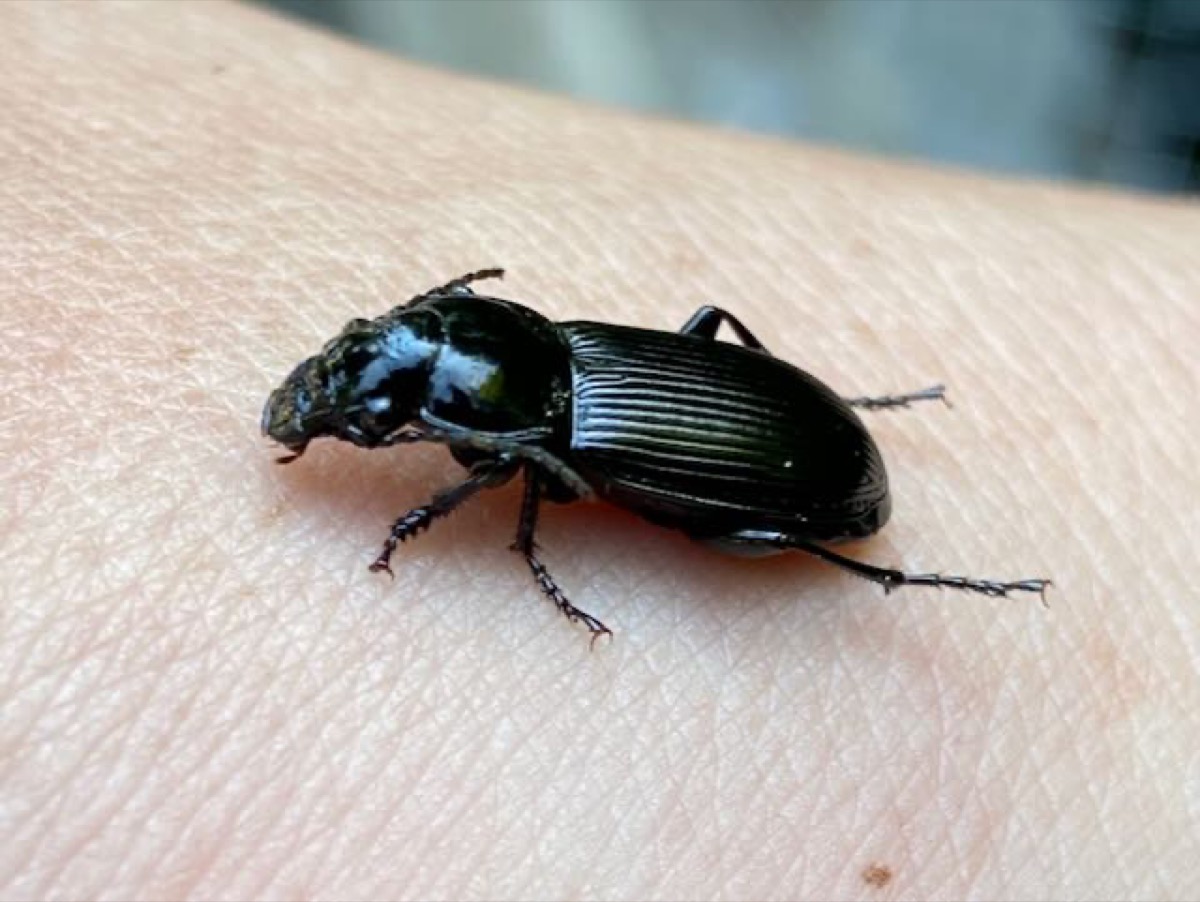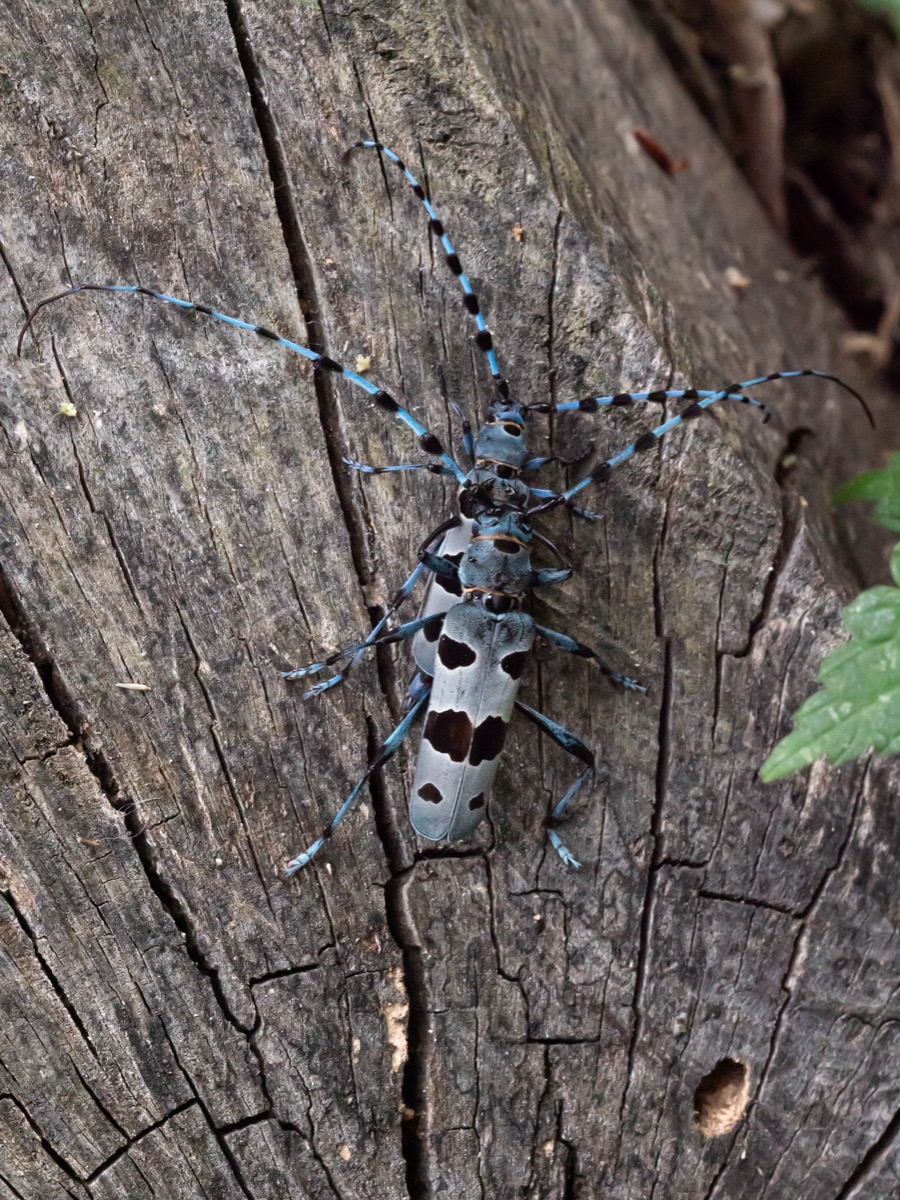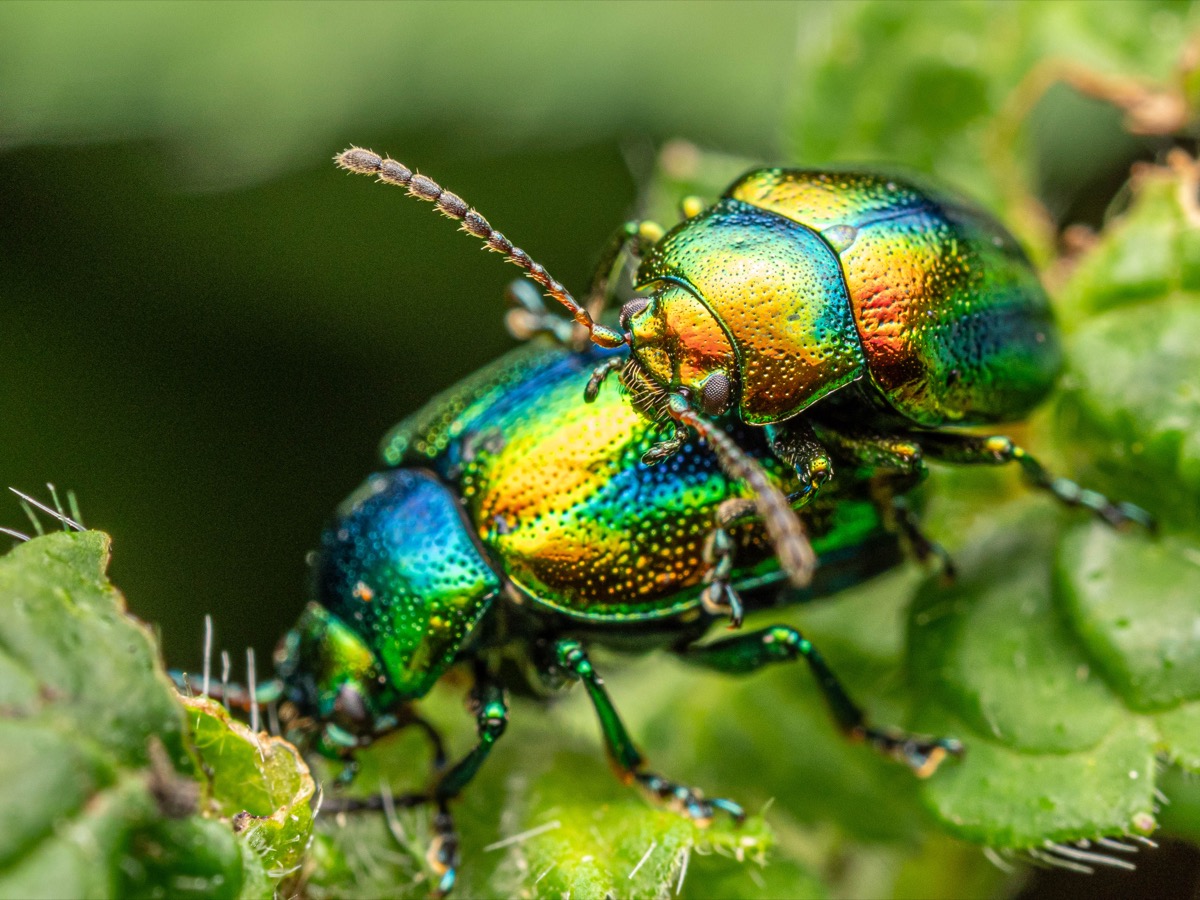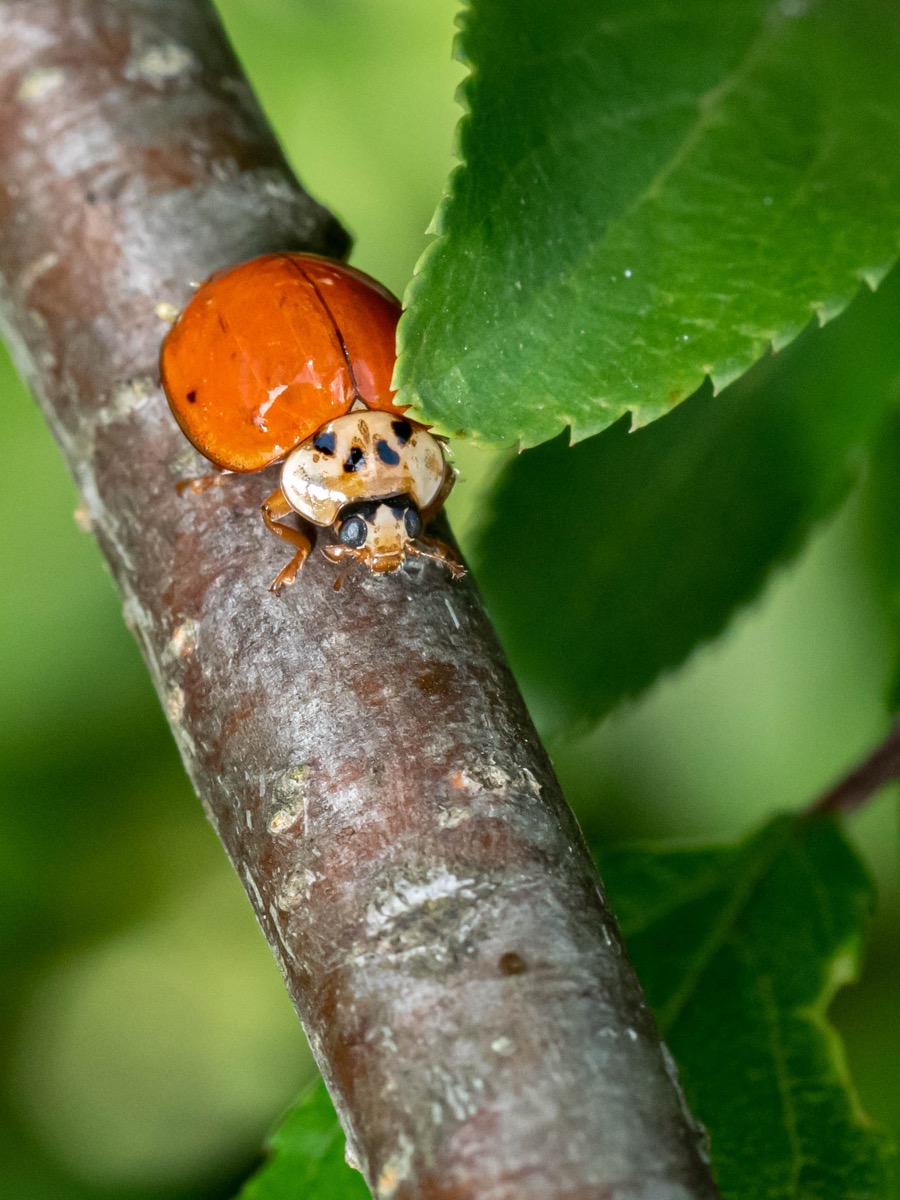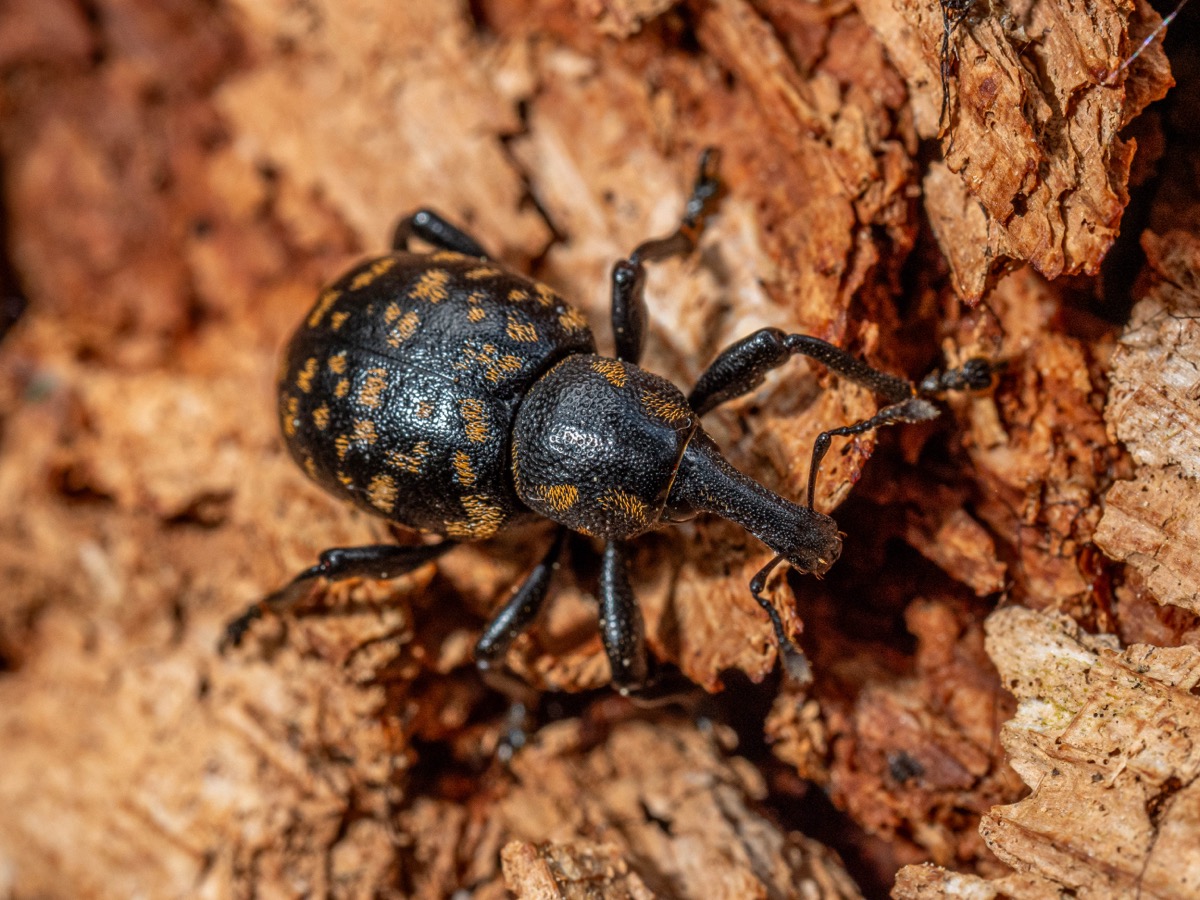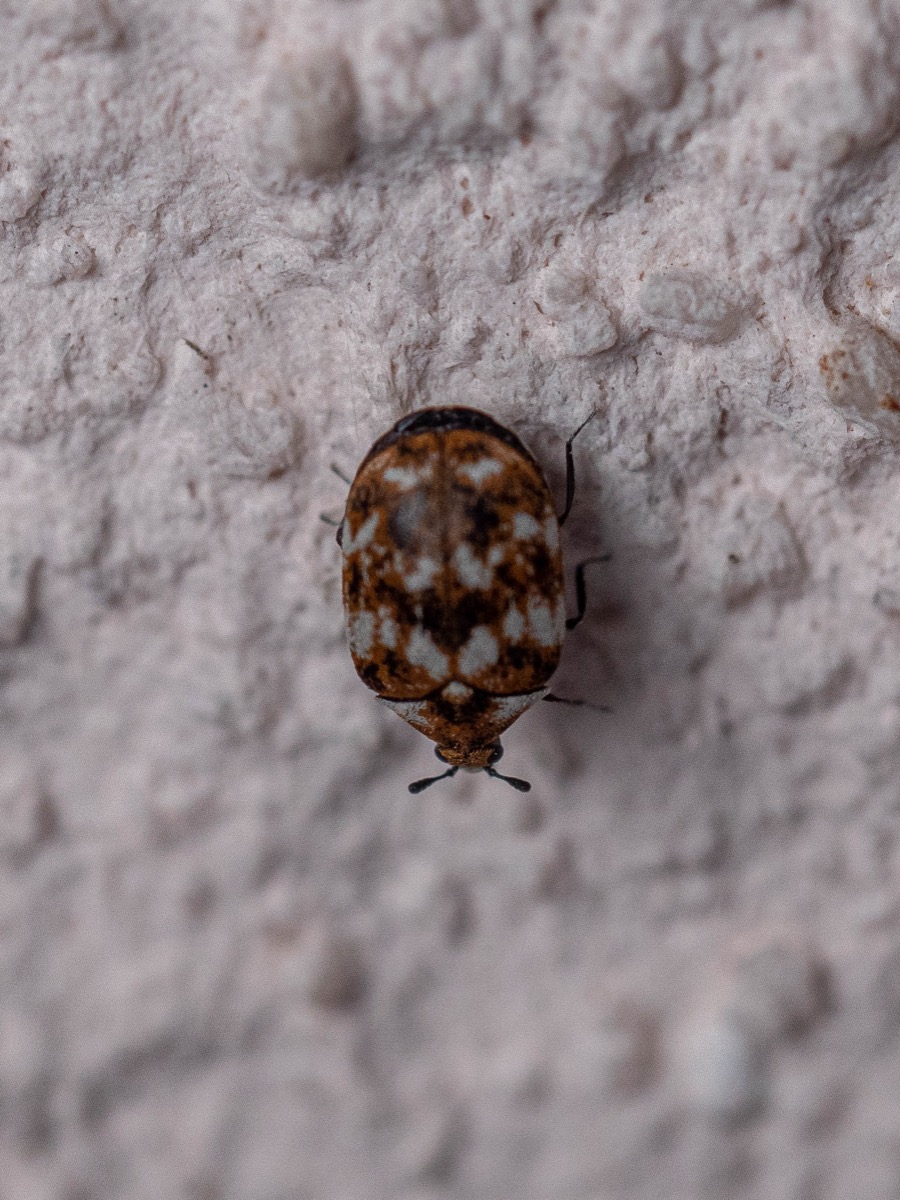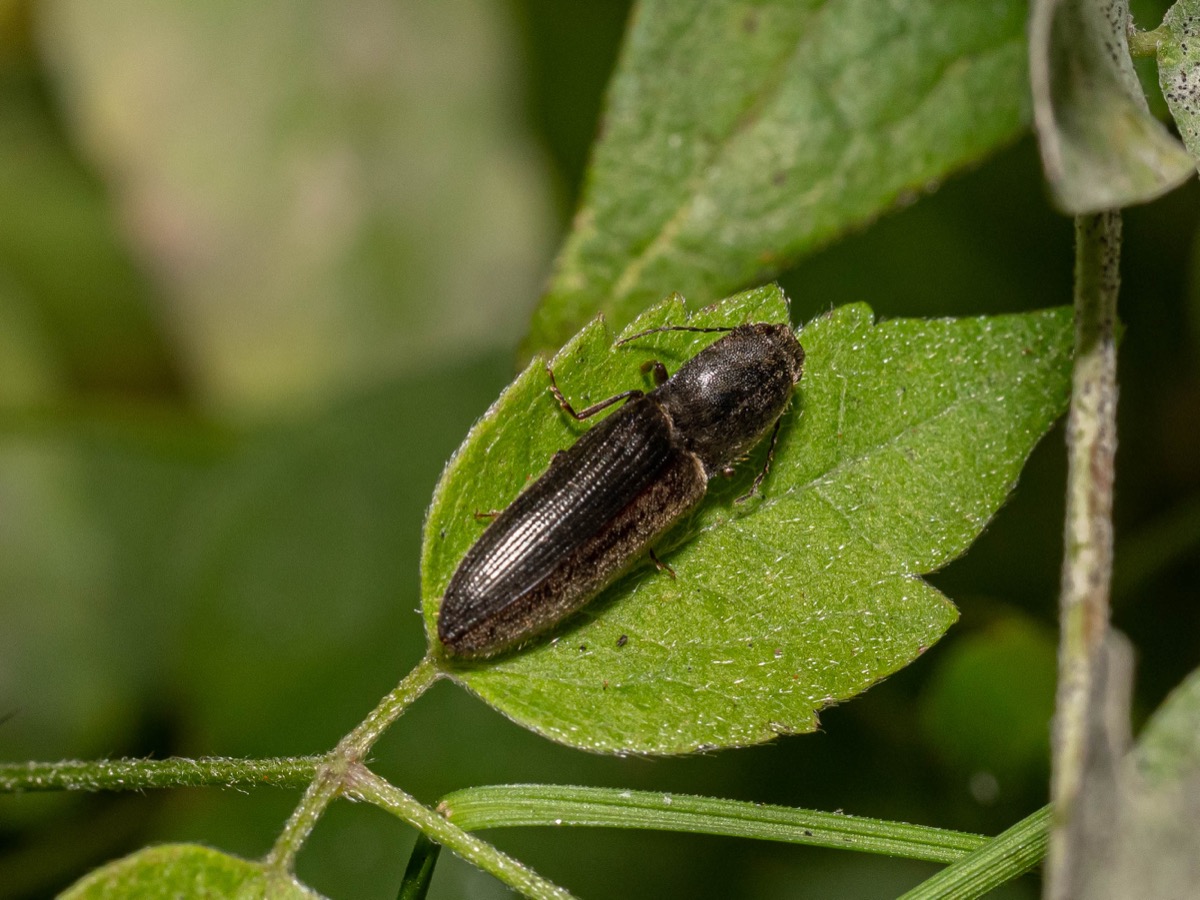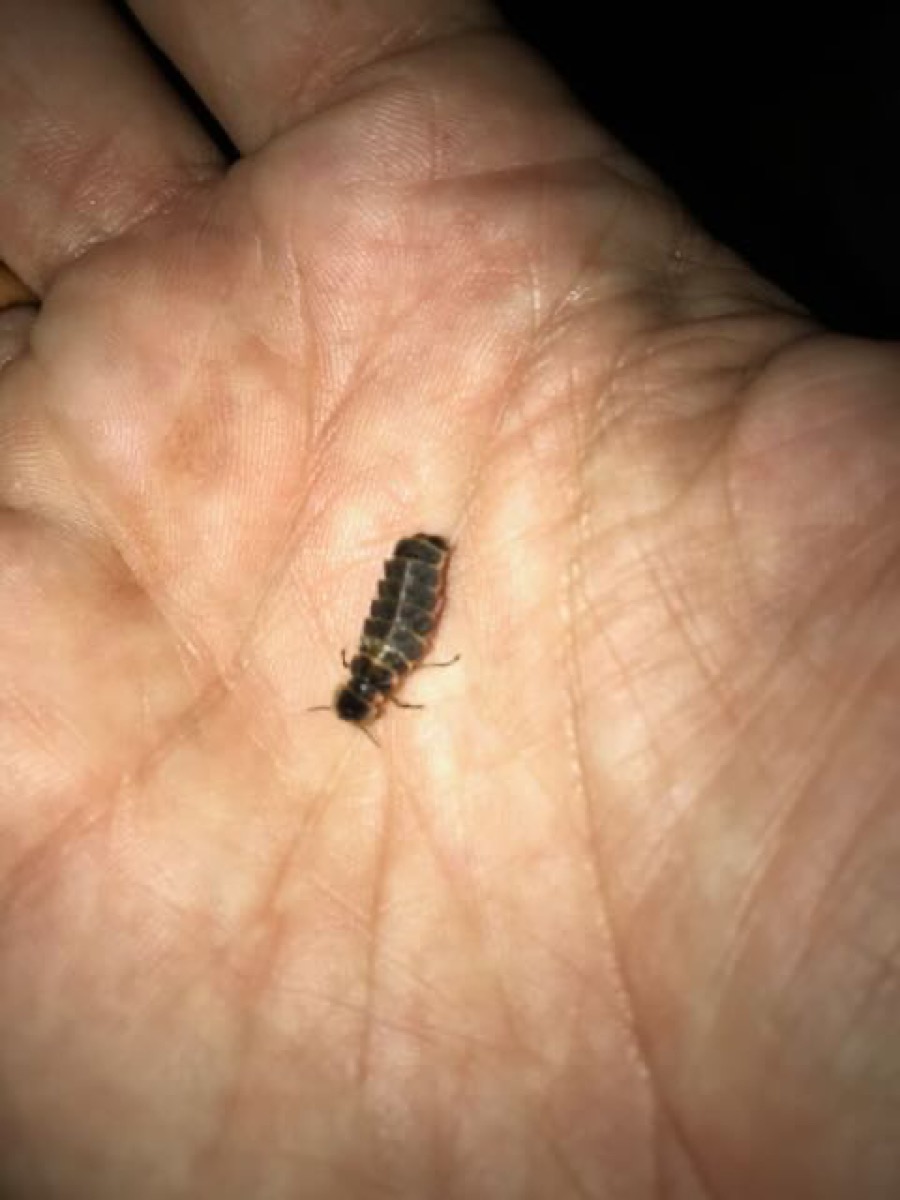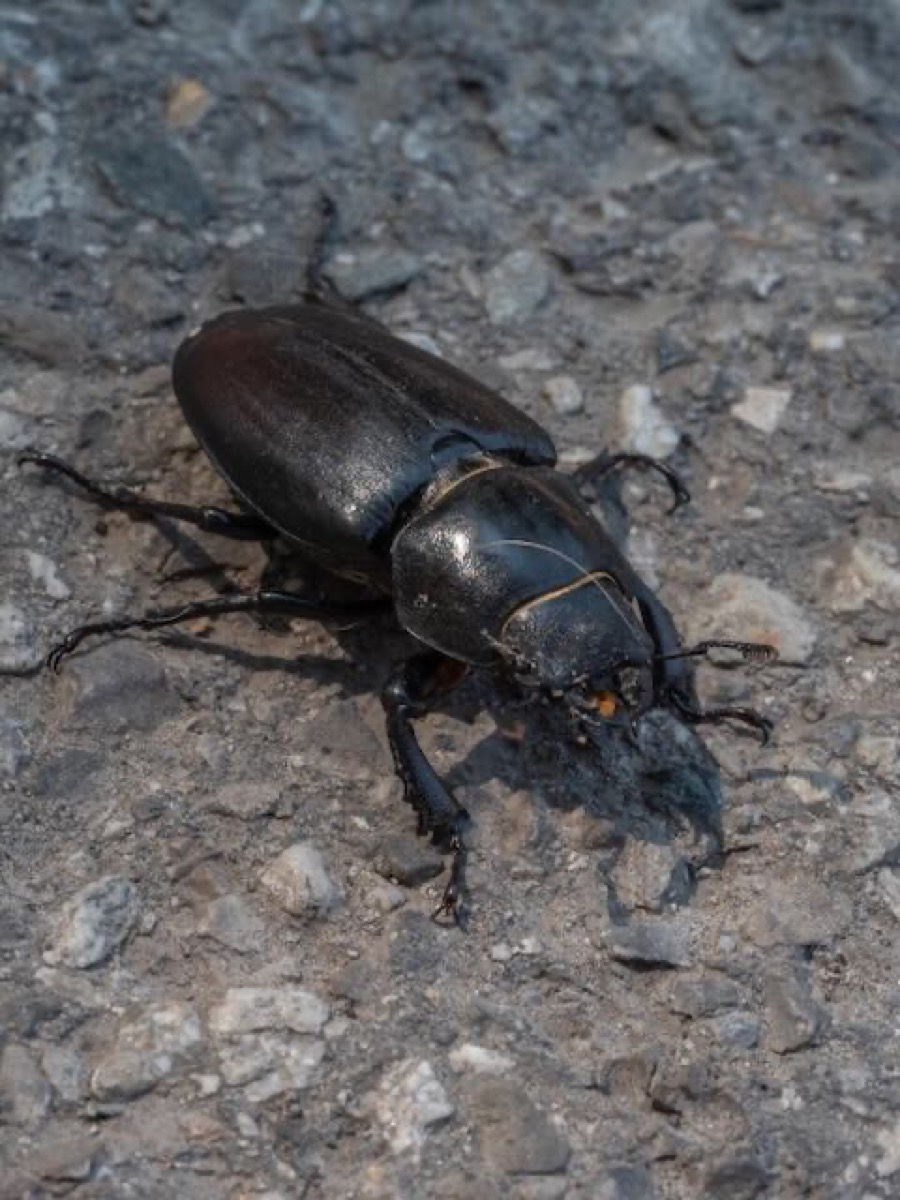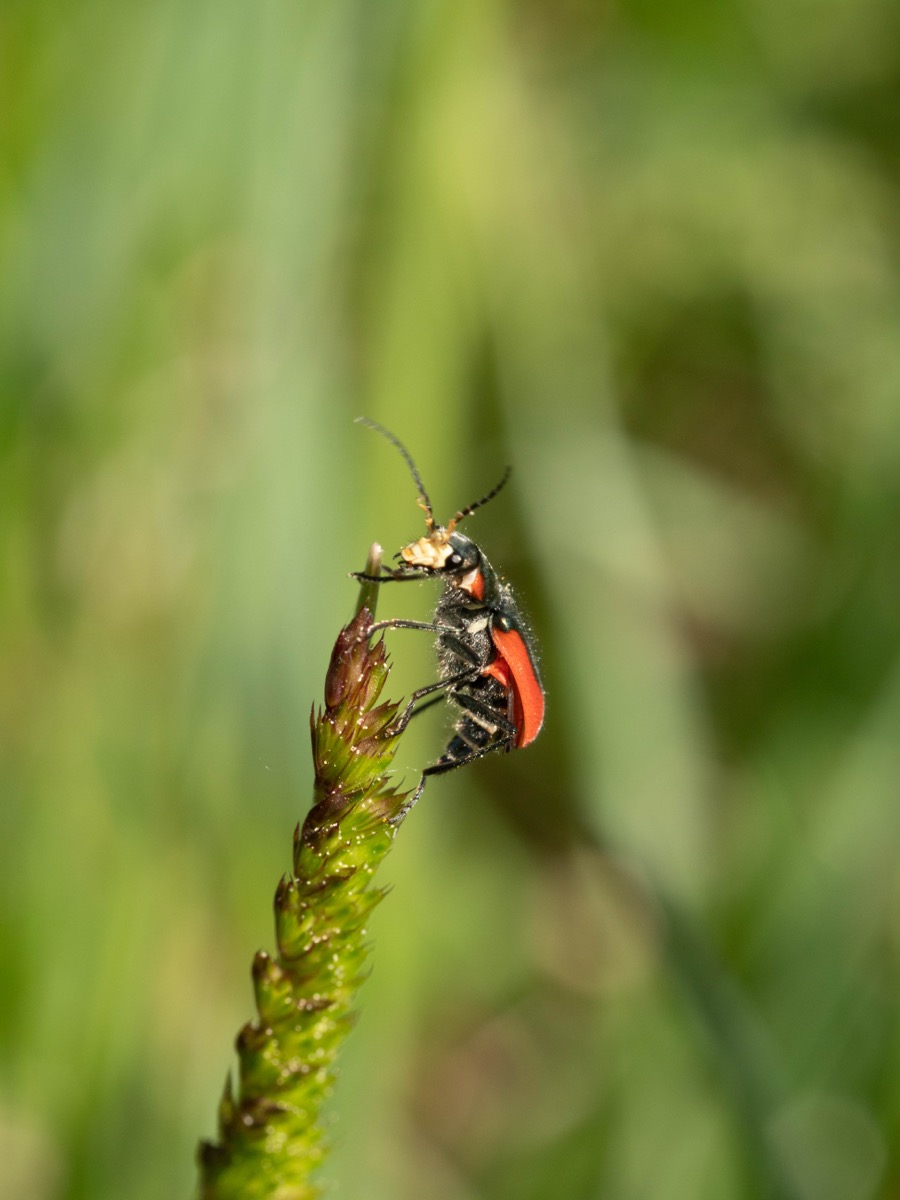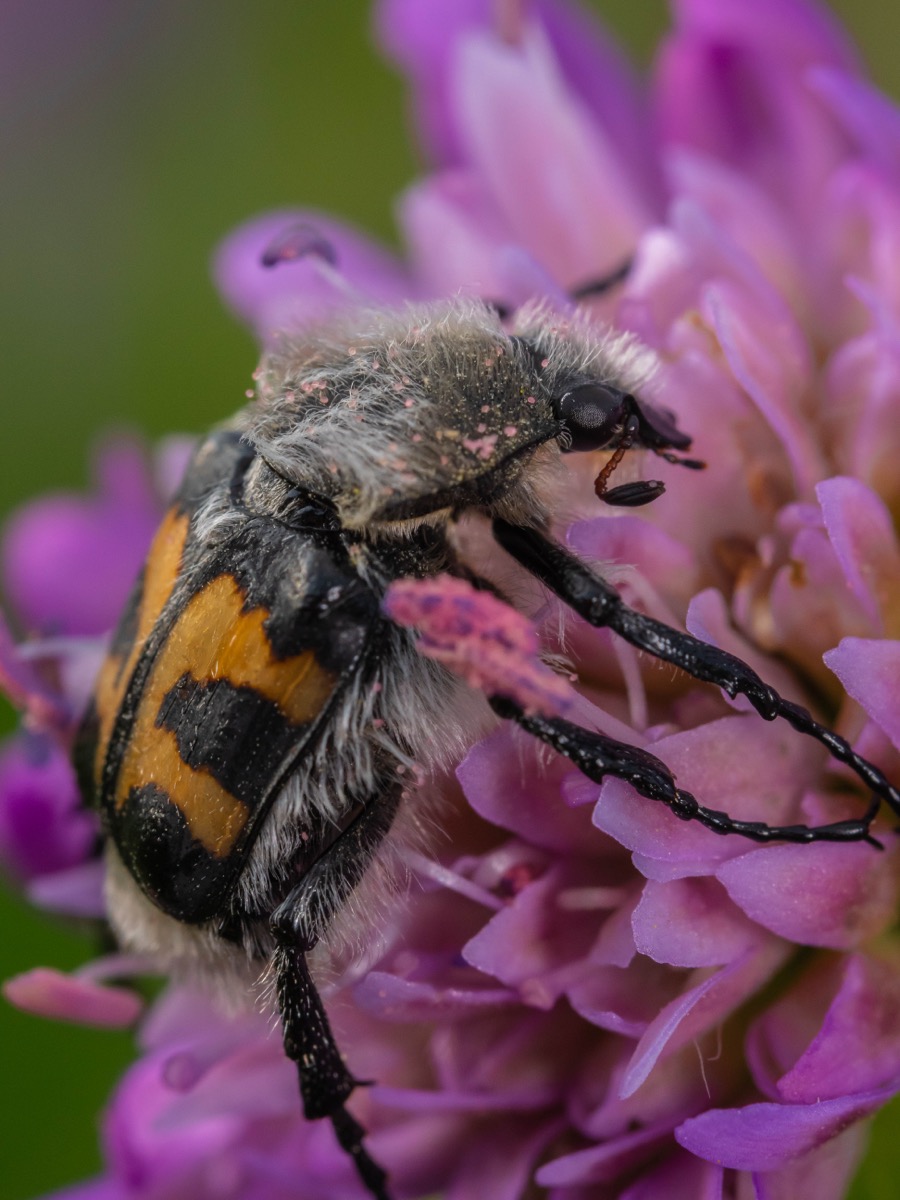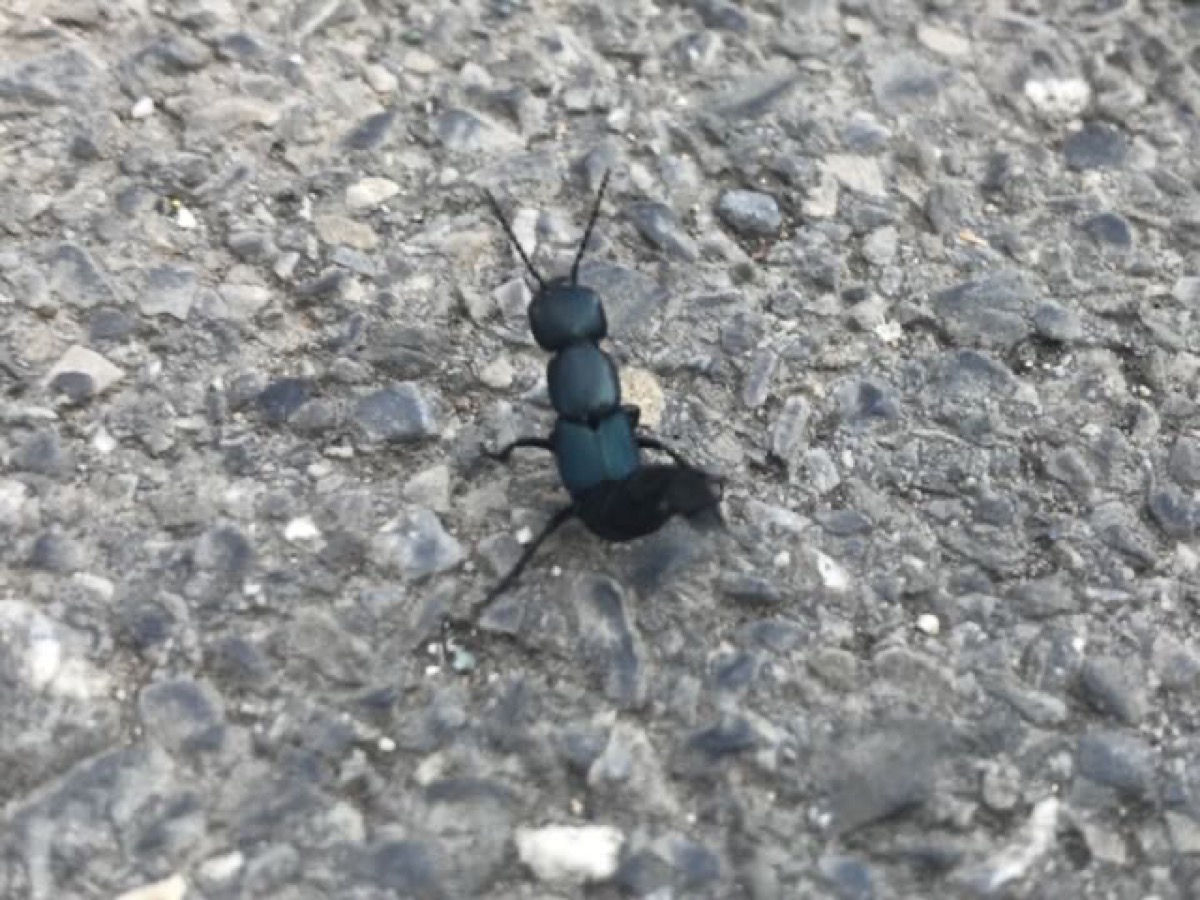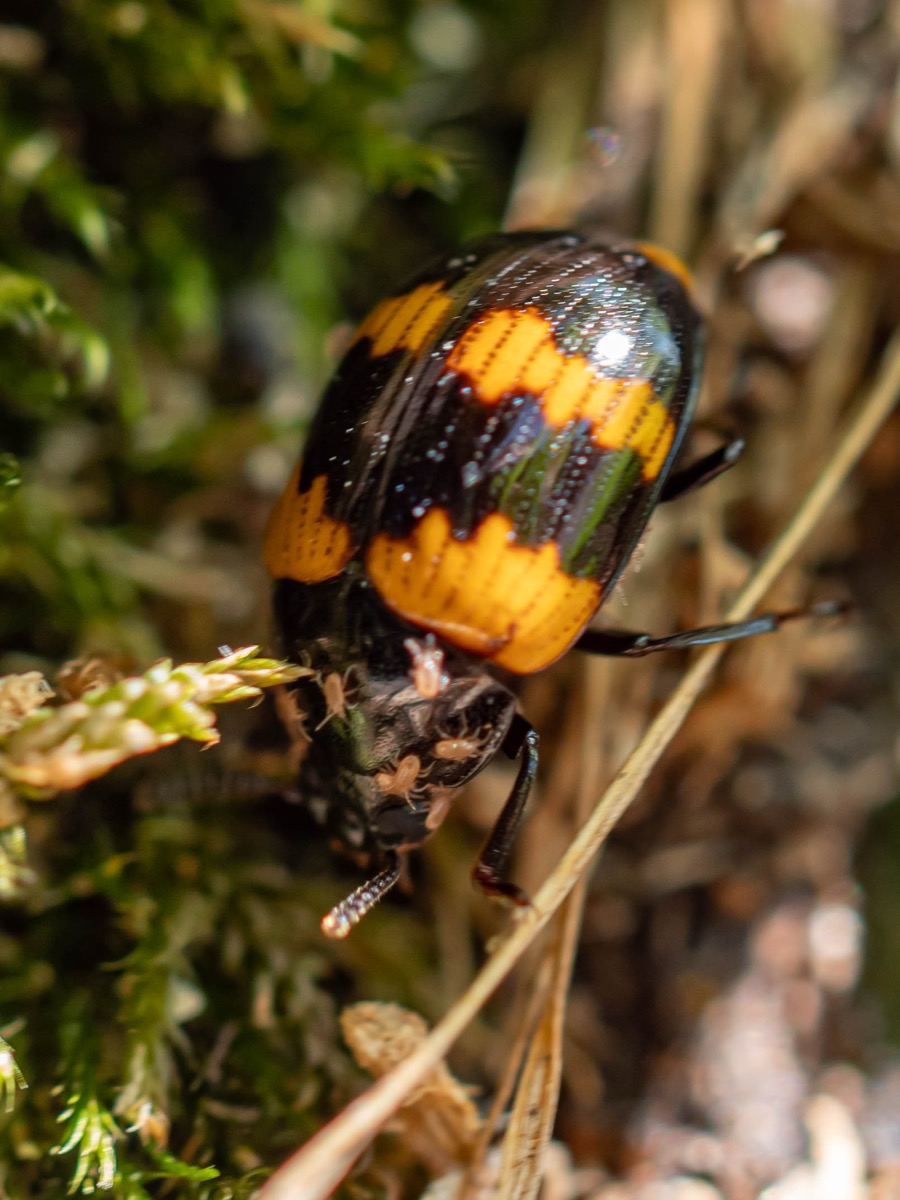The Order of Beetles (Coleoptera)
The order Coleoptera appeared nearly 280 million years ago. These insects have changed very little since. Their first scientific description was provided by Carl von Linné (Linnaeus) in 1758.
Etymologically, coleoptera means “sheath and wing” in Greek and refers to the presence of an exoskeleton, including the elytra that protect their wings.
The Order Coleoptera, diagram
The order Coleoptera has the largest number of known species!!! In fact, their number is likely underestimated, and they are estimated to make up nearly 25% of all animal diversity.
It includes ladybugs, scarabs, May beetles, and more…
NB: The classification of beetles is still debated.
General Characteristics
Beetles (order Coleoptera) form the largest order in the animal kingdom, with over 400,000 described species and likely many more yet to be discovered. Their name means “sheathed wings” in Greek, referring to their elytra, hardened forewings that protect the membranous hind wings.
Beetles can be recognized by:
- a compact and robust body,
- leathery elytra covering the abdomen,
- highly developed chewing mouthparts,
- a great diversity of shapes, sizes, and colors.
Ecological Diversity
Beetles have colonized almost all terrestrial and freshwater habitats. They are found:
- in forests, meadows, deserts, wetlands,
- under bark, in tree trunks, in soil, in flowers, or even in animal nests,
- at all levels of the food chain: predators, herbivores, scavengers, dung beetles, wood-borers, etc.
Major Groups
Some well-known groups among the general public and naturalists:
- Carabidae: ground beetles, nocturnal running predators
- Coccinellidae: ladybugs, allies of gardeners
- Scarabaeidae: scarabs, dung beetles and flower chafers
- Curculionidae: weevils, often plant-specific
- Buprestidae: metallic wood-boring beetles, spectacular and xylophagous
- Staphylinidae, Tenebrionidae, Elateridae, etc.
Interest in Macrophotography
Beetles are a true playground for macrophotography, thanks to:
- their unique shapes (elongated, stocky, domed, etc.),
- their sculpted textures and micro-details visible under high magnification,
- their bright or metallic colors in many species.
They also allow the capture of fascinating behaviors: predation, mating, flight, mimicry…
Ecological Importance
Beetles play a key role in ecosystems:
- pollination (some scarabs and flower chafers),
- decomposition of organic matter (dung beetles, scavengers),
- regulation of other insect populations (predators),
- dead wood recycling (wood-borers like buprestids or longhorns).
Classification
The order Coleoptera is divided into 4 main suborders:
- Adephaga: ground beetles, diving beetles, whirligigs…
- Polyphaga: the largest (ladybugs, buprestids, weevils…)
- Archostemata: very ancient, sparsely represented group
- Myxophaga: tiny aquatic or semi-aquatic beetles
🔎 Naturalist note: Each biotope hosts its own set of beetles. A simple pile of dead wood, a decaying trunk, or a wild carrot flower may reveal unsuspected entomological treasures.
Coleoptera
adephaga (updated Beutel classification)
- Gyrinoidea
- Halipoidea
- Meruoidea
- Dyscoidea
- Caraboidea
polyphaga (according to ITIIS - April 4, 2018)
The suborder polyphaga is the most important suborder of beetles, accounting for nearly 90% of the Order. It includes 5 infraorders, 16 superfamilies, and 144 families.
